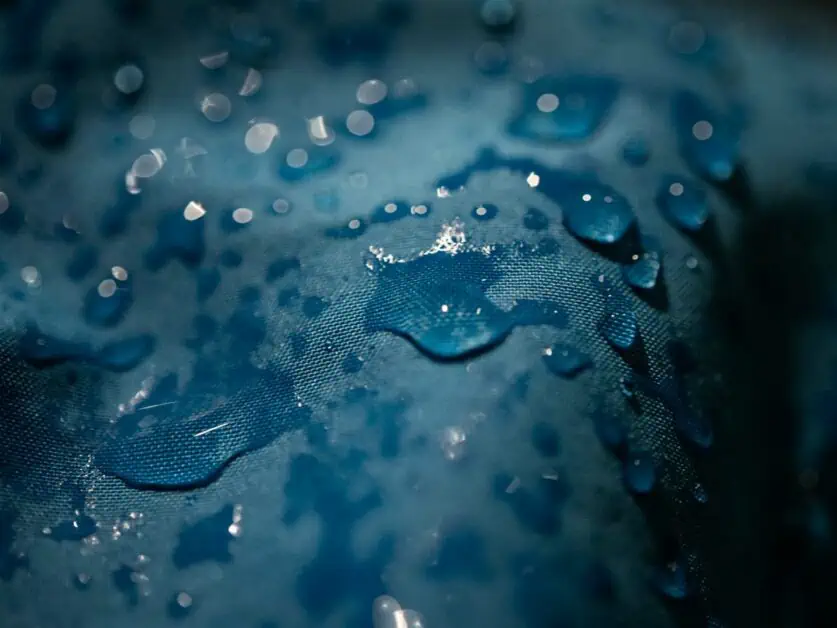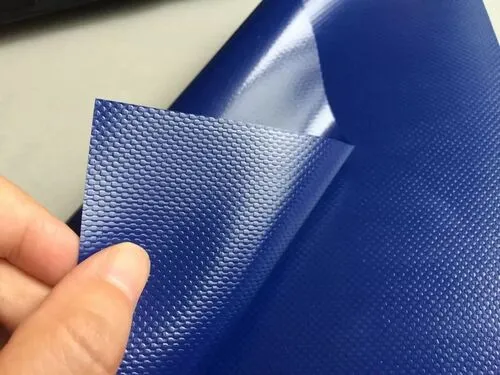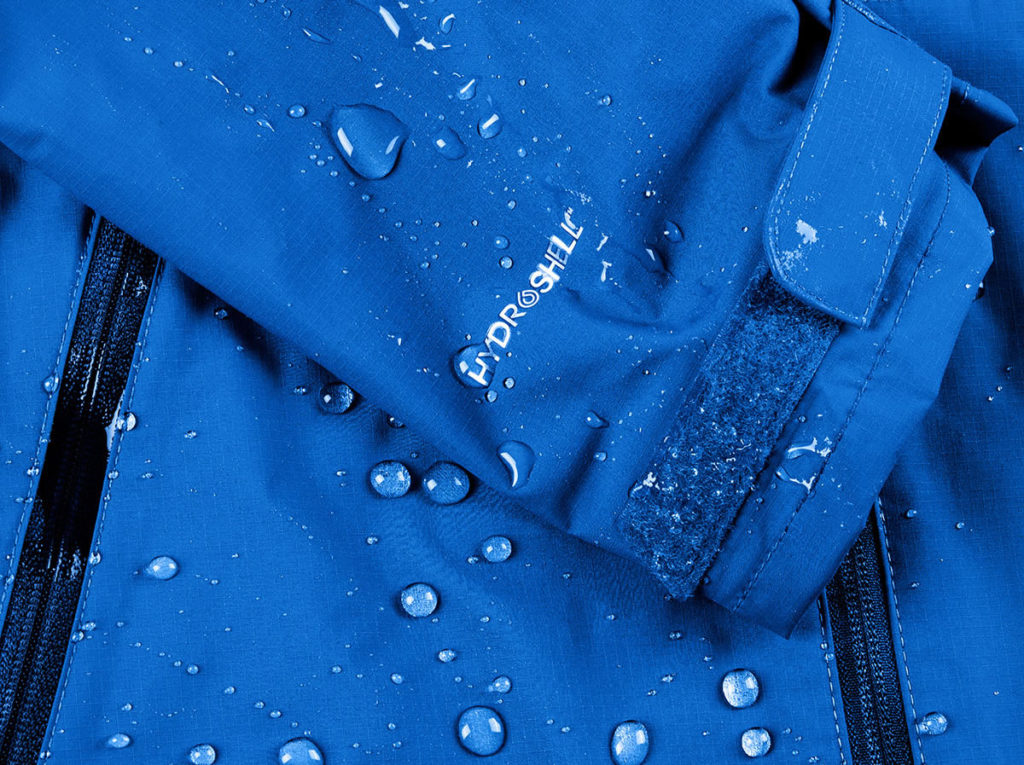In today’s fashion and textile industries, waterproof and water-resistant fabrics play a crucial role in creating functional and durable products. These fabrics are essential for outdoor gear, sportswear, and even everyday clothing, offering protection against the elements. This blog delves into the differences between waterproof and water-resistant fabrics, the technologies behind their production, and their applications.

Understanding Waterproof vs. Water-Resistant
Before diving into how these fabrics are made, it’s essential to understand the distinction between waterproof and water-resistant fabrics:
- Waterproof Fabrics: These fabrics are designed to prevent water from penetrating, regardless of the amount of exposure. They are used in products that need to remain dry in heavy rain or wet conditions.
- Water-Resistant Fabrics: These fabrics resist water penetration to a certain degree but are not entirely impervious. They are suitable for light rain and short periods of exposure to moisture.

How Waterproof Fabrics are Made
- Laminates and Membranes
One of the most effective ways to make fabrics waterproof is by using laminates and membranes. These are thin layers of waterproof material bonded to the fabric. Common waterproof membranes include Gore-Tex, eVent, and Sympatex. These membranes are microporous, allowing water vapor (sweat) to escape while blocking water droplets from entering. - Coatings
Waterproof coatings are another popular method. Fabrics are coated with substances like polyurethane (PU) or polyvinyl chloride (PVC). These coatings create a waterproof barrier on the fabric’s surface. PU coatings are lightweight and flexible, making them suitable for a variety of applications. - Taped Seams
Even if the fabric is waterproof, water can still seep through the seams. Taped seams involve applying a waterproof tape over the seams to seal any potential entry points for water. This technique is commonly used in waterproof jackets and tents.

How Water-Resistant Fabrics are Made
- Durable Water Repellent (DWR) Treatment
DWR is a chemical treatment applied to the surface of the fabric, causing water to bead up and roll off. This treatment does not make the fabric entirely waterproof but provides a degree of water resistance. Over time, DWR treatments can wear off and may need reapplication. - Tightly Woven Fabrics
The structure of tightly woven fabrics naturally resists water penetration. Fabrics like tightly woven nylon or polyester can offer water resistance due to their dense weave, which minimizes the gaps through which water can pass.
Advances in Fabric Waterproofing Technologies
Recent advancements in fabric waterproofing technologies have improved the performance and sustainability of these fabrics. Innovations such as eco-friendly DWR treatments and enhanced breathable membranes are making waterproof and water-resistant fabrics more effective and environmentally friendly. For more insights on the latest innovations, read our blog on Advances in Fabric Waterproofing Technologies.

Applications of Waterproof and Water-Resistant Fabrics
- Outdoor Gear
Waterproof and water-resistant fabrics are vital in outdoor gear, including jackets, pants, tents, and backpacks. These fabrics ensure that outdoor enthusiasts stay dry and comfortable in various weather conditions. - Sportswear
Athletes require clothing that can withstand sweat and light rain while remaining breathable. Water-resistant fabrics are commonly used in sportswear to balance protection and comfort. - Everyday Apparel
Waterproof and water-resistant fabrics are increasingly used in everyday apparel, such as raincoats, umbrellas, and shoes, providing convenience and protection in daily life.
The Impact of Digital Technology on Fabric Production
Digital technology is transforming textile design and production, including the development of waterproof and water-resistant fabrics. Techniques such as digital printing and computer-aided design (CAD) enable precise application of waterproof coatings and treatments, enhancing the performance and aesthetics of the final product. For more on this topic, check out our blog on The Impact of Digital Technology on Textile Design and Production.
The Role of Technology in Textile Advancements
Technology continues to drive innovation in textiles, making fabrics more functional, durable, and sustainable. From advanced waterproof membranes to smart textiles that adapt to environmental conditions, the future of textile technology is promising. Learn more about these exciting developments in our blog on Technology in Textiles.
Conclusion
Waterproof and water-resistant fabrics are essential in modern textile applications, offering protection and functionality across various products. Understanding the technologies behind these fabrics helps appreciate their value and the innovation driving their development.
For high-quality waterproof and water-resistant fabrics and comprehensive sourcing solutions, visit locofast.com. Locofast provides top-tier textile solutions, ensuring you have access to the best materials for your needs. Explore their website to discover how Locofast can support your journey in the world of advanced textiles.
